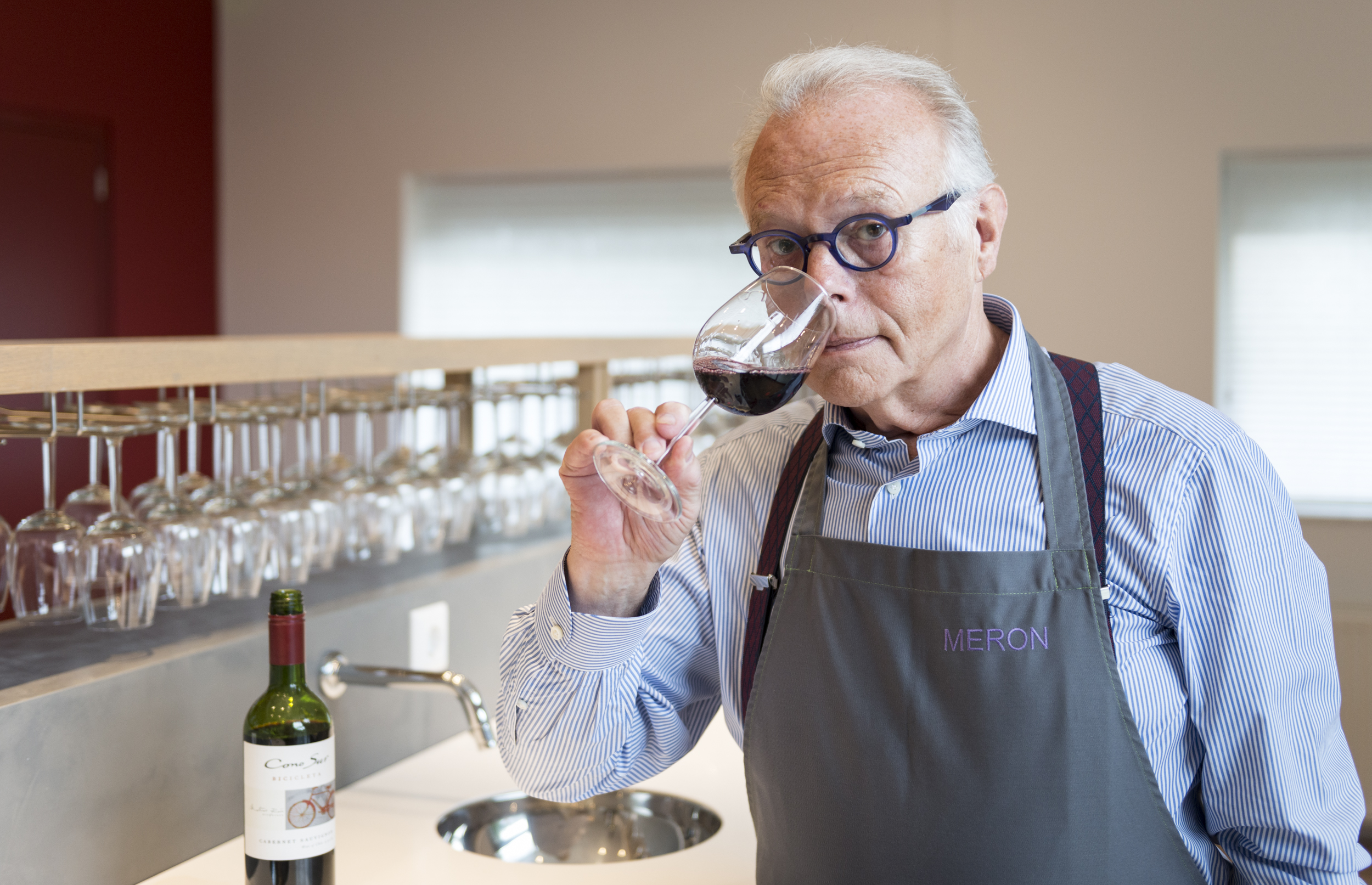Are you affected by the new EU label for wines? How will you balance your offer now that consumers can see more details?
If you are a retailer, wine producer, or importer, there’s some change coming. Imagine that your consumers want to have the least caloric wine. Or the champagne with the most sugar. How can we ensure that the EU-label works in your favor?
The new EU-Label requirements:
In the new wine labels, consumers will be able to find at least the following information:
- the designation of the category of grapevine product
- the term ‘protected designation of origin’ (PDO) or ‘protected geographical indication’ (PGI), and its name, for wines registered as geographical indications
- the actual alcoholic strength by volume
- the indication of provenance
- the name of the bottler or the name of the producer or vendor
- the net content
- the sugar content in case of sparkling wine categories
- the nutrition declaration
- the list of ingredients
- the substances causing allergies or intolerances
- the minimum durability date for grapevine products that have undergone a de-alcoholization treatment.
Fact checked Transparency
Meron analyses over 50 wines daily and keeps a database of over 300k analyzed wines.
Harry van den Dungen lists the core principles that allow Meron to control a wine’s quality based on facts, beyond the new legislation’s needs.
- Meron Champions Transparency in the Wine Industry with Cutting-Edge Technology:
- For 30 years, Meron has advocated for transparency within the complex wine industry. Since 1994, leaders in European retail, wine producers and importers, and bottling companies have trusted Meron’s fact-based approach.
- Going beyond professional tasting and utilizing GC-MS/MS technology to analyze and detect various substances in wine benefiting numerous retailers, importers, bottlers, and producers worldwide by ensuring the quality and authenticity of their products.
- Lack of Consumer Awareness:
Consumers remain largely uninformed unless retailers and wine sellers see this as an opportunity to improve their own selection and target the right consumer at the right price point.
New regulations requiring wine producers to disclose caloric and energy values on labels represent a significant step toward consumer transparency.
- Transparency Beyond Legal Minimums:
While the law mandates displaying this information on the back label from the 2024 harvest onward, Meron advocates for immediate adoption and transparency beyond legal requirements. An informed retailer makes better options to reflect the taste profile of their consumers. For Meron, more information is still unexplored in the recommendation of wines.
Imagine that you do not need to go to a Michelin Star restaurant and can have a great wine pairing between your shopping list and your cellar. How would your wine offer and consumption change?
Meron is an independent wine institute dedicated to ensuring transparency in the wine industry. We offer a fact-driven approach, a comprehensive database, and B2B services, empowering all stakeholders in the industry.
When you need to improve, test, improve, and discover wines, Meron unlocks all the secrets beyond the bottle.

